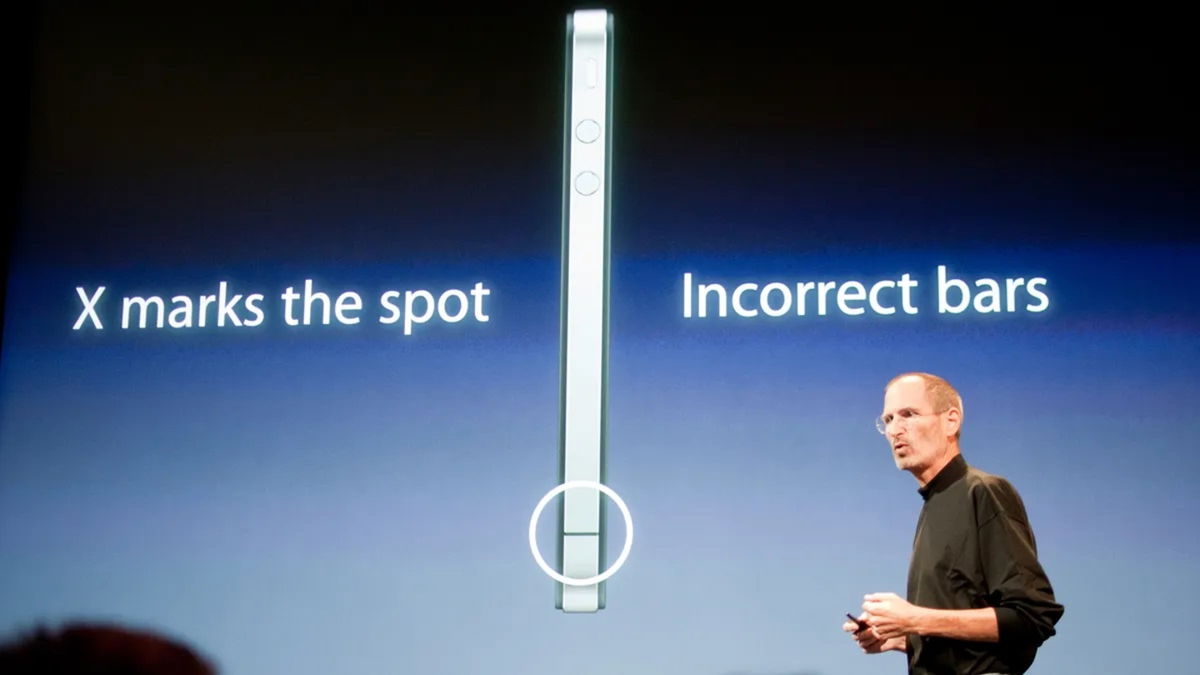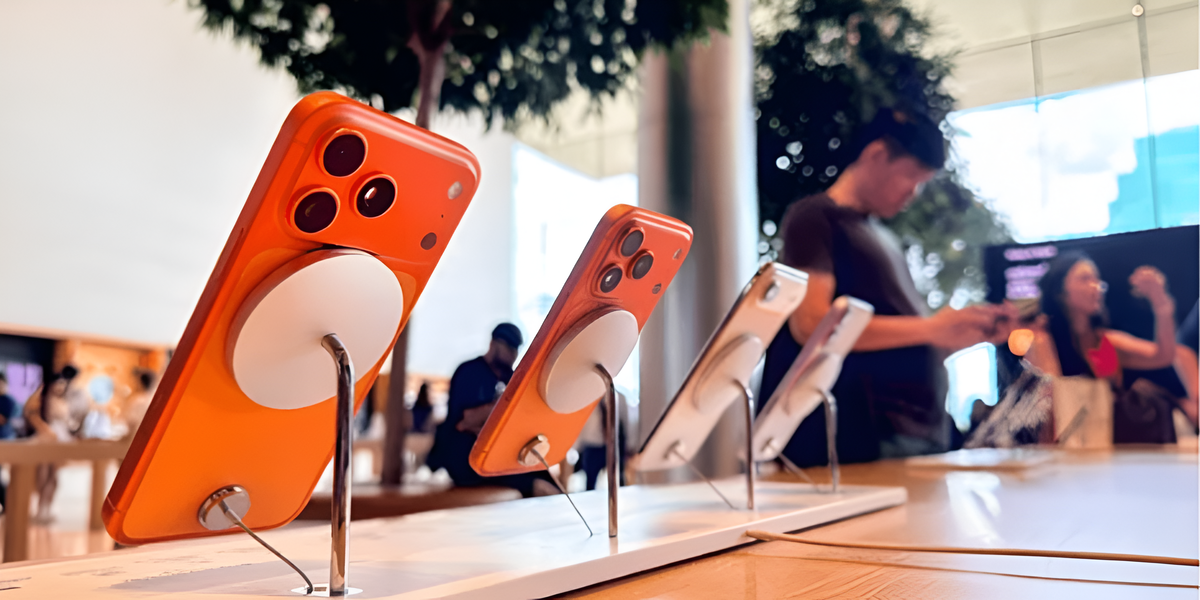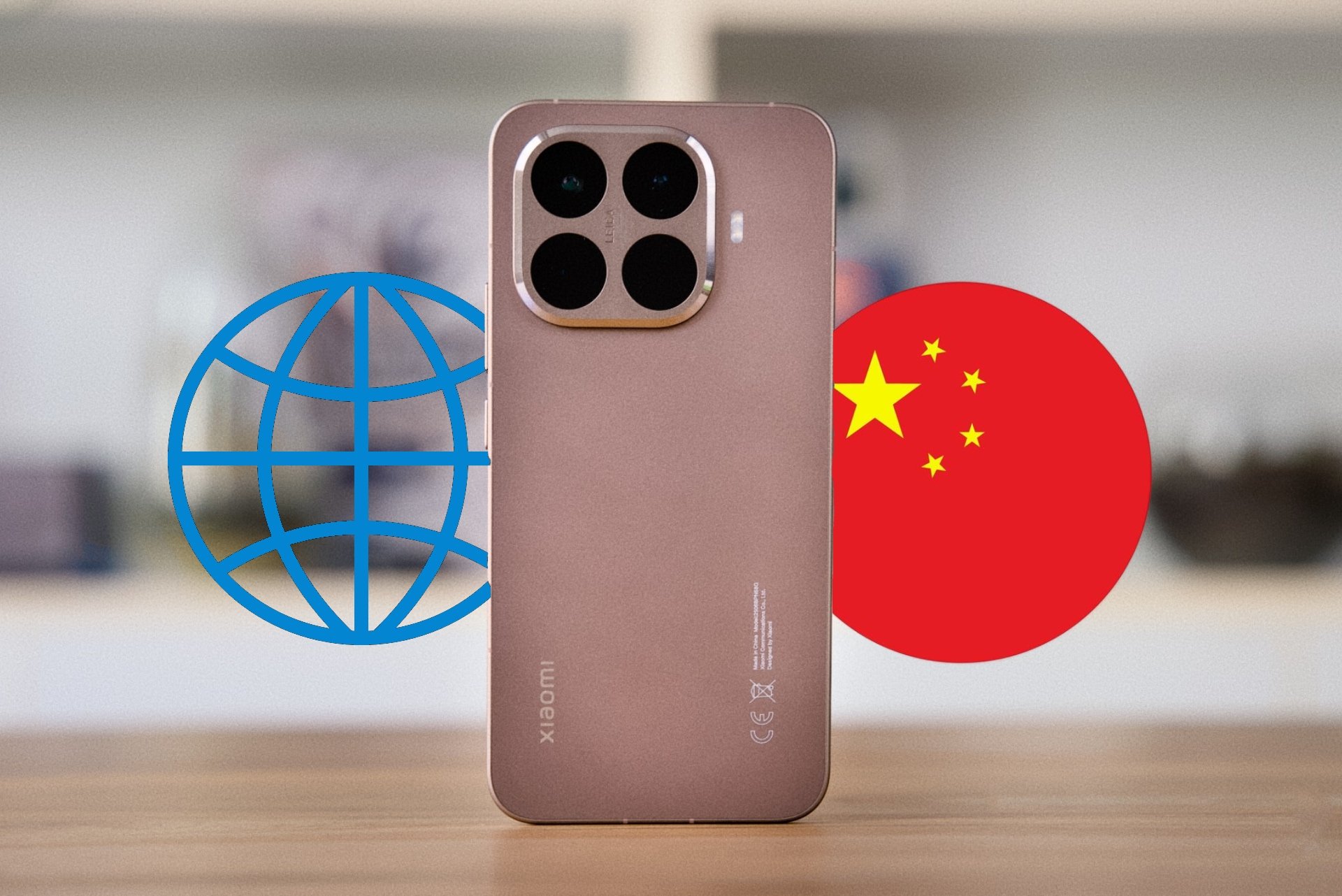Want find out if your phone works in the usa? Assuming you’ve just moved to the country or are thinking about importing a device, you’ll want to first find out if it’s compatible with carriers like T-Mobile, Verizon, or AT&T. We’ll explain how to do that below.
You might be interested in:
- How to Unlock Your Cell Phone to Change Companies in the US
- Best Cell Phone Plans in the US
- The Best Cheap Cell Phones You Can Buy
First of all, make sure that your device unlocked. But you should also check what bands your device supports and which carriers they support in the U.S. Also, sometimes manufacturers make different models of the same phone with different strap mounts, so you need to make sure your choice will work with your carrier.
How to Know if Your Phone Will Work in the US
The easiest way to find out if your phone will work in the US is to use an online database like WillMyPhoneWork. However, this tool has its limitations, as the newest phones and 5G phones may not be included.
So the safest option is the GSMArena website, although to find out, you need to follow these steps:
Check your phone model
While you probably know your phone model, it’s important to recognize the model number. Depending on your device, you can likely find this out in Parameter and then choosing About the phone. The information is usually located in the section Model number.
Find compatible carriers

The second step is to go to the GSMArena website, where you will need to find your phone. If your phone has different settings for different models, you can select the one that matches yours. Inside the device, click the drop-down list located next to Network technologies. In this section you can find out which network ranges the phone is compatible with.
Find your carrier’s range
The final step is to compare the networks your phone can work with and the networks offered by major US companies.
These are the 4G technology bands. The bands in bold are the carrier’s primary bands, and your phone must be compatible with at least one of them to be compatible with the network.
| Carrier | 4G LTE bands | 4G LTE Frequencies |
| AT&T | 2, 4, 5, 1214, 1729, 30, 46, 66 | 700 BC/AD/PS, 850, 1700/2100, 1900, 2300, 5200 |
| Verizon | 2, 4/66, 5, 13 | 850, 1900, 1700F, 700C |
| T-Mobile | 71, 1213, 5, 466, 2, 25, 41, 48, 46 | 600 DD, 700 A/B/C, 850, 1700/2100, 1900, 2500, 3500, 5200, 2.5 GHz |
| US Cellular | 5, 124, 2 | 850, 700 A/B/C, 1700/2100, 1900 |
If you have access to 5G in your area and have a phone that is compatible with the technology, these are the compatible bands in the US.
| Operator | 5G Bands | 5G Frequencies |
| AT&T | n2, n5, n260 | 850, 1900, 39 GHz (mmWave) |
| Verizon | n5, n66, n2, n261, n60 | 850, 1700, 1900, 28 GHz (mmWave), 39 GHz (mmWave) |
| T-Mobile | n71, n41, n261, n260 | 600, 2500, 28 GHz (mmWave), 39 GHz (mmWave) |
| US Cellular | n71 | 600 |
Although it is in the process of being shut down in the US, these are 3G frequencies.
| Operator | Net | 3G range | 3G frequency |
| AT&T | GSM/UMTS/HSPA+ | 2, 5 | 850, 1900 |
| Verizon | CDMA | 0, 1 | 850, 1900 |
| T-Mobile | GSM/UMTS/HSPA+ | 1, 2, 4 | 1900, 1700/2100 |
| US Cellular | CDMA | 5, 2 | 850, 1900 |
Source: Digital Trends













